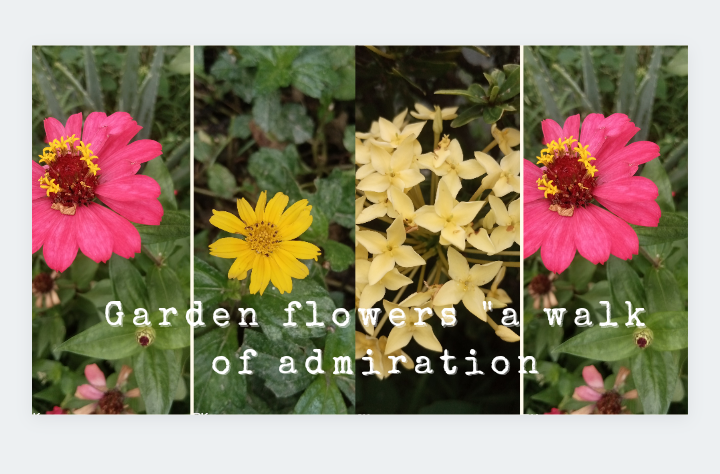

Saludos mi gente de hive blog hoy tras una larga ausencia me animé a reactivarme y de la mejor manera, soy amante de viajar y por ende de la naturaleza por eso quiero revitalizar su energía con estas bellas imágenes que forman aparte de mi jardín, le cuento que aunque vivo en edificio pues mis alrededores están llenos de flores que cada día al salir de mi residencia me recuerdan que estoy vivo que mi existencia tiene color y que cada despertar es plenitud.
El día de ayer cuando regresaba me detuve a explorar y tomar un par de fotos de algunas especies de flores que adornaban mi camino.
Greetings my people of hive blog today after a long absence I decided to reactivate myself and in the best way, I am a lover of travel and therefore of nature so I want to revitalize your energy with these beautiful images that are part of my garden, I tell you that although I live in a building my surroundings are full of flowers that every day when I leave my residence remind me that I am alive that my existence has color and that every awakening is fullness.
Yesterday on my way back I stopped to explore and take a couple of pictures of some species of flowers that adorned my path.

La primera flor que llamo mi atención fue está amarilla conocida como Ixora o también llamada coralillo o cruz de malta, está belleza la puedo apreciar en gran parte de mi jardín en tres tonos amarillo, rojo y rosado, pero de todos el primero es mi preferido ya que que este color es sinónimo de energía y alegría.
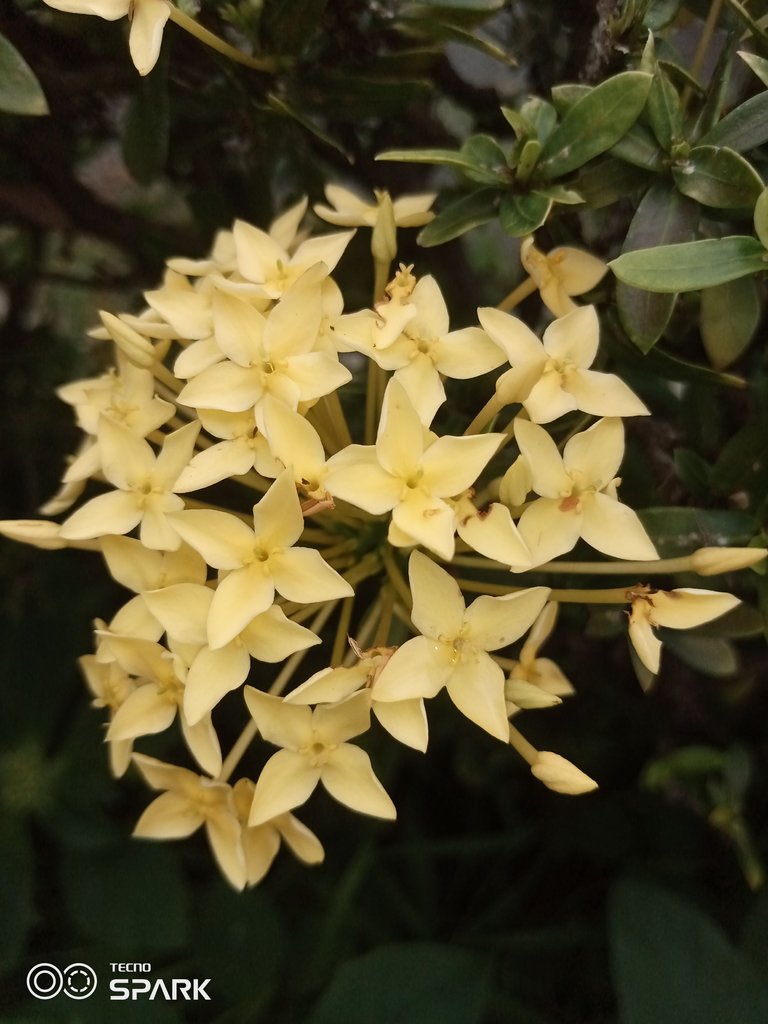
Ahora les muestro una flor conocida como 40 días,besote nombre se debe según lo que me contó mi abuela a qué su periodo de vida es de esos días, sin embargo ella se reproduce con gran velocidad, lo mejor de esta especie es que se encuentra en diferentes colores: amarillo, rosado, naranja, el tono de la fotografía es el que más me gusta además es la que más abunda en el jardín, una de las cosas que más me atrae o admiró es que de alguna forma está flor nos demuestra como es el Renacimiento a veces me asombra el hecho que un día las veo marchitas y en pocos instantes ya está todo florecido otra vez.
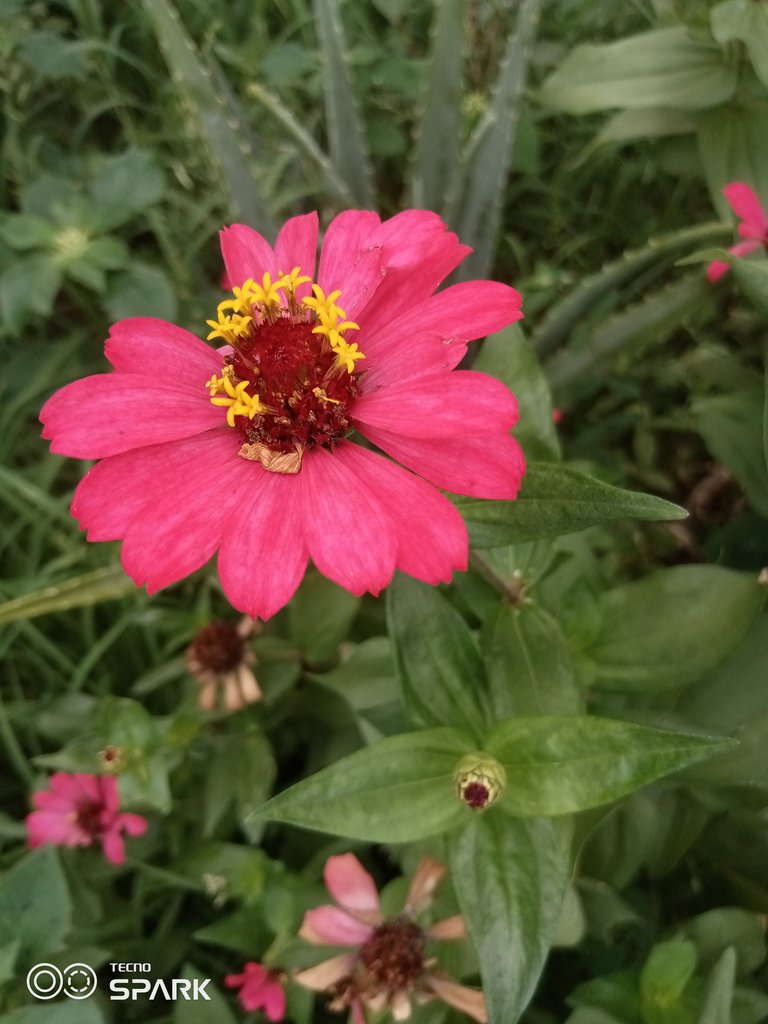
La siguiente flor es un caso particular no solo por el hecho de ser pequeña si no que además es capaz de extenderse como una grama, ella es una especie silvestre y su nombre es caléndula arvensis o como popularmente le dicen flor de muerto está pequeña especie abarca todo el suelo de la parte exterior del edificio dándole al jardín una belleza estupenda, claro está se requiere de mucho cuidado para mantenerla ya que logra esparcirse con facilidad abarcando espacios de gran magnitud, por tanto podarla es necesario.
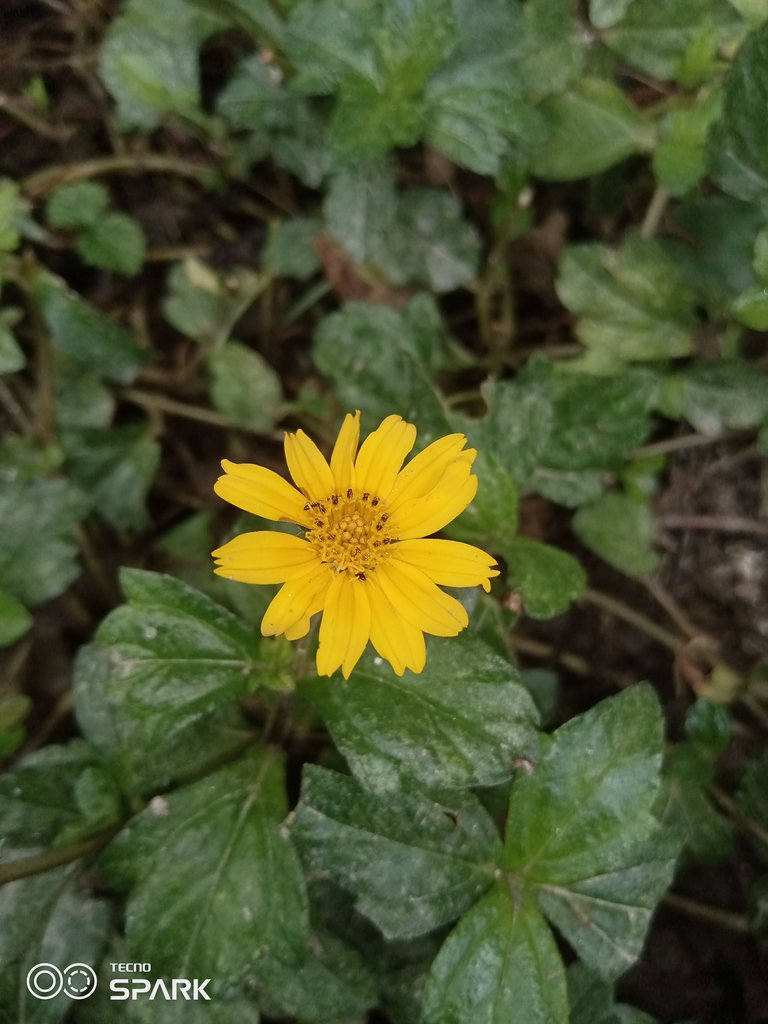
Por último está la conocida buenas tardes esta belleza la puedo ver en tonos rosado y blanco, acá les muestro la rosada que es la más vistosa pero las pocas blancas que se ven en el jardín le dan un toque especial mi abuela siempre ha cultivado está flor ella dice que en un espacio de jardinería nunca puede faltar está belleza, lo cómico de está flor es que por la forma de sus hojas es conocida comúnmente como coneja.
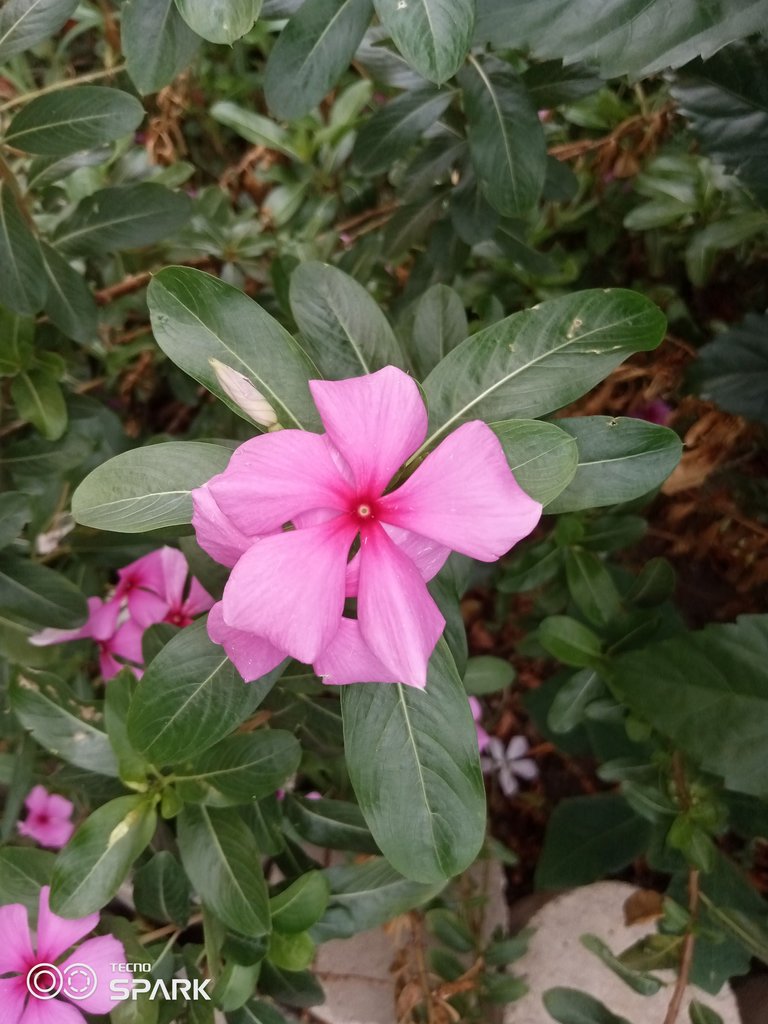
Debo decirles que a veces las cosas menos importantes son las que nos recuerdan lo bonito de la naturaleza no solo porque me detuve a observar la belleza de estás flores, si no porque durante la toma de fotografías pude apreciar otros elementos como: colibríes, caracoles y otros insectos que por su rápido desplazamiento no pude capturar con mi cámara.
Me despido dando gracias a dios por permitirme tomarme el tiempo de ver esta maravilla que muchas veces obviamos por el estrés de nuestras vidas.

The first flower that caught my attention was this yellow flower known as Ixora or also called coralillo or malt cross, this beauty can be seen in much of my garden in three shades of yellow, red and pink, but of all the first is my favorite because this color is synonymous with energy and joy.

Now I show you a flower known as 40 days, besote name is due according to what my grandmother told me to what his life span is those days, however she reproduces with great speed, the best thing about this species is that it is found in different colors: yellow, pink, orange, the tone of the photograph is the one I like the most and it is the most abundant in the garden, one of the things that most attracts me or admired is that somehow this flower shows us how is the Renaissance, sometimes I am amazed by the fact that one day I see them withered and in a few moments everything is already blooming again.

The following flower is a particular case not only because it is small but also because it is able to spread like a grass, it is a wild species and its name is marigold arvensis or as it is popularly called dead flower, this small species covers the entire floor of the outside of the building giving the garden a great beauty, of course it requires great care to maintain it because it manages to spread easily covering large spaces, therefore pruning is necessary.
IMG_20210606_103259_731.jpg]( )
)
Finally there is the well-known good afternoon this beauty I can see it in pink and white tones, here I show you the pink that is the most showy but the few white ones that are seen in the garden give it a special touch my grandmother has always cultivated this flower she says that in a gardening space can never miss this beauty, the funny thing about this flower is that by the shape of its leaves it is commonly known as rabbit.

I must tell you that sometimes the less important things are the ones that remind us of the beauty of nature, not only because I stopped to observe the beauty of these flowers, but also because during the picture taking I could appreciate other elements such as: hummingbirds, snails and other insects that I could not capture with my camera due to their fast displacement.
I say goodbye thanking God for allowing me to take the time to see this wonder that we often overlook because of the stress of our lives.
Imagenes con fuente.
Imagenes Editadas En Picsart

Are these photos taken by you? Why are they all stamped with “techno SPARK?”